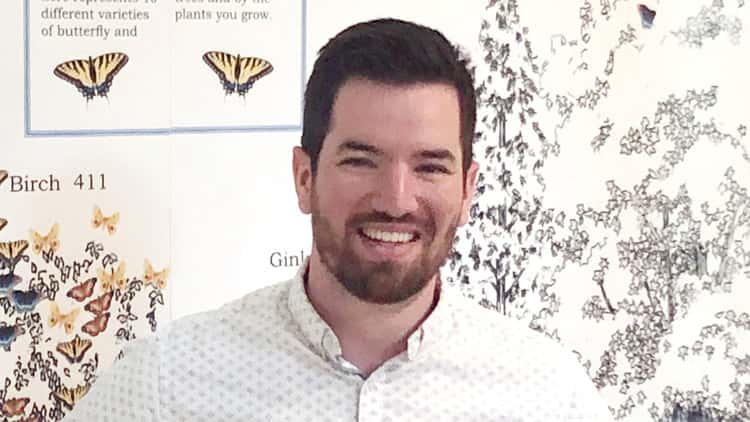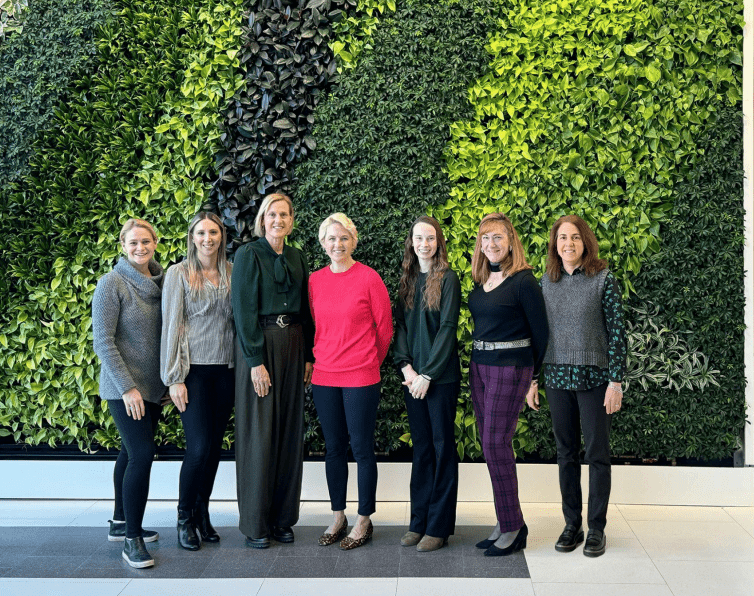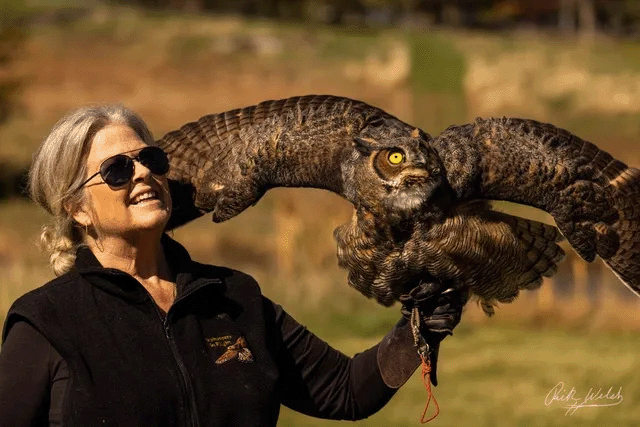
By Eli Schaffer
After a quick glance back at me, my 15-month old son, Jude, lifted himself up on to our wood coffee table. Even after years of fostering outdoor learning experiences rich with opportunity for children to learn the difference between risk and danger, my instinct to protect my son from the possibility of harm drove me to reach towards him… but I held myself back. Slowly, and sensing my approval, Jude stood up, turned around, and fell forward off the table, giggling, into my open arms.
As children spend more and more of their time in the online world, the shrinking time they spend IRL (kid-speak for in real life) holds ever increasing value in their understanding of how real situations involving real physics and real decision making can present them with perceived risk and sometimes, real danger. As parents and teachers, we have the responsibility of keeping our children safe, however, eliminating the possibility of risk as opposed to the presence of danger can rob a child of the critical ability to differentiate between a risk to be overcome through skill development and a danger to be avoided.
Just as I used my arms, eyes, and paid very close attention to create a safe space in which Jude could exercise his muscles and coordination while developing his growing sense of self-determination, parents and teachers can create safe spaces at home, in the classroom, and in nature. Numerous studies have shown the critical importance of risk-taking for elementary school aged children to develop understandings of the capabilities and limits of their own bodies, brains, and social skills. The best-known analogy in nature is the story of the butterfly emerging from the chrysalis. A thoughtful and caring child is worried that the chrysalis will be too difficult for the butterfly to emerge from on its own. In the interest of protecting the butterfly from the danger of being trapped eternally in the chrysalis, the child cuts the chrysalis open. However, the natural process of emergence, called eclosion¸ is critically important to the full development of the adult butterfly. Overcoming the challenge, and doing so as early or late as the butterfly is ready, is not only beneficial, it is necessary.
When children walk along a log, dig in the mud, or climb on a coffee table, they are learning how to take risk safely. When children bring their favorite toy to school or even dress themselves for school, *gasp* they are learning to express themselves safely, and sometimes, to overcome the hardship of mistake, loss or judgment. To foster a generation of thoughtful, capable, and self-sufficient people, we owe it to our children to allow them to learn these valuable lessons while the stakes – and climbing obstacles – are low and while we are there by their sides with arms open wide to catch them.
Someday soon, these kids will have the risks and dangers of young adulthood to face, and if we practice seeing the difference between risk and danger now, they will know the difference when they need to most.
Eli Schaffer is the Center Director of the Greenwich Audubon Center at 613 Riversville Rd in Greenwich. He is thrilled to be fulfilling his dream of connecting people to nature by creating a warm and welcoming community center for all those who care for our shared environment.




